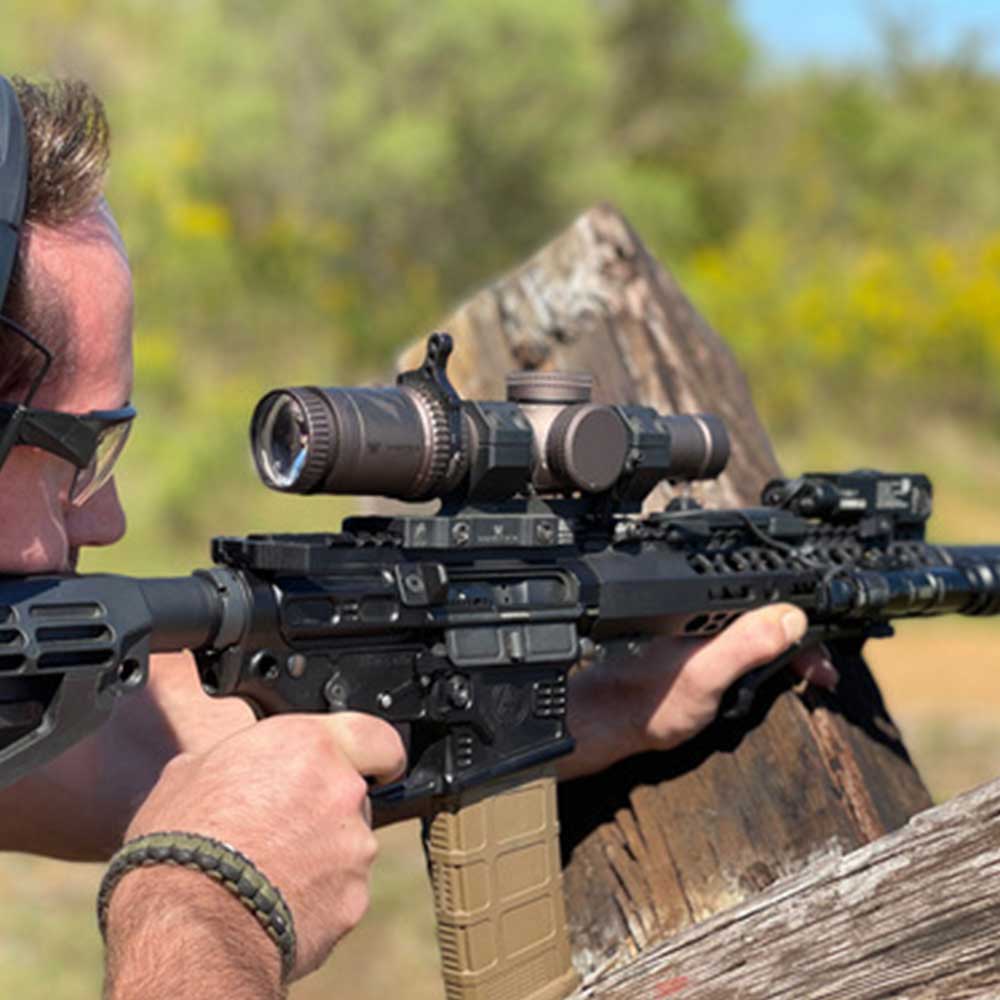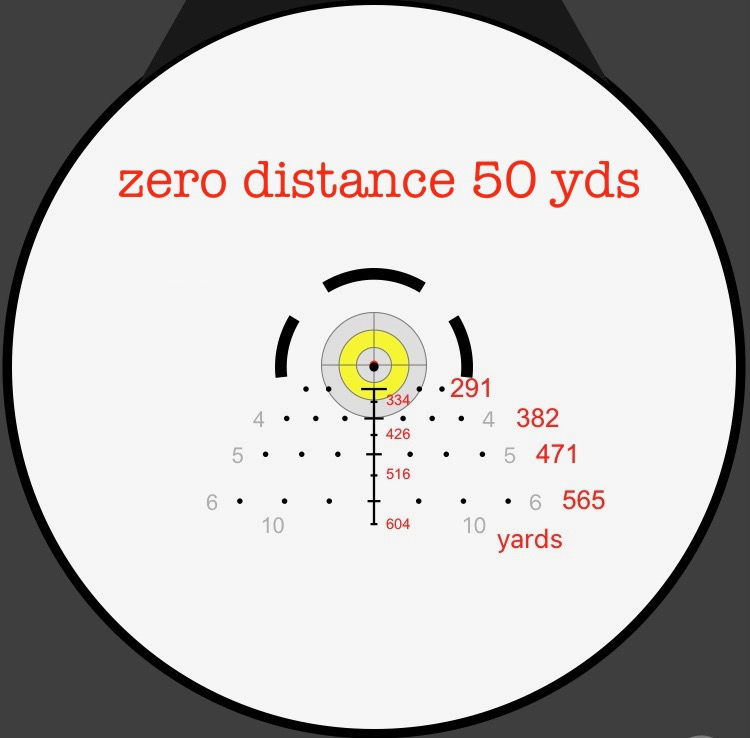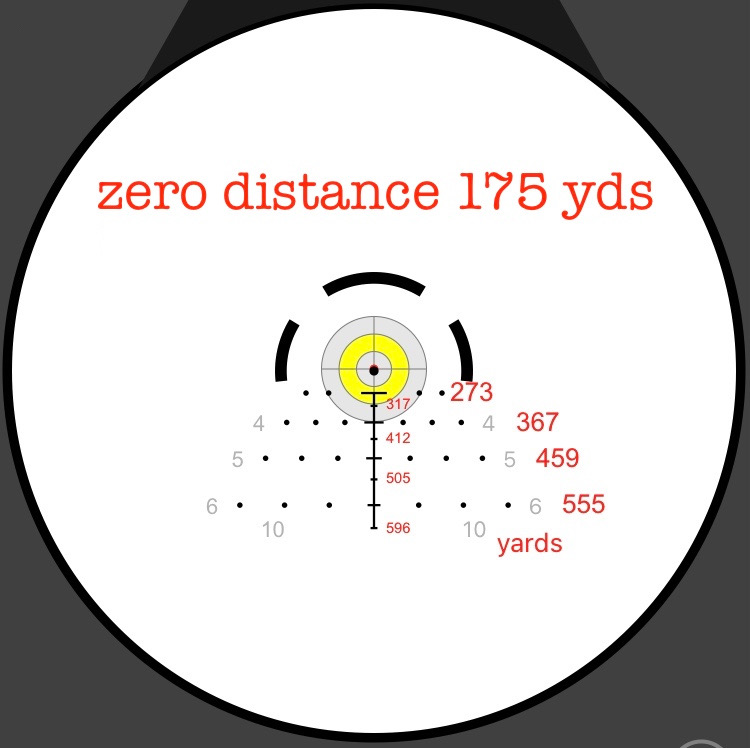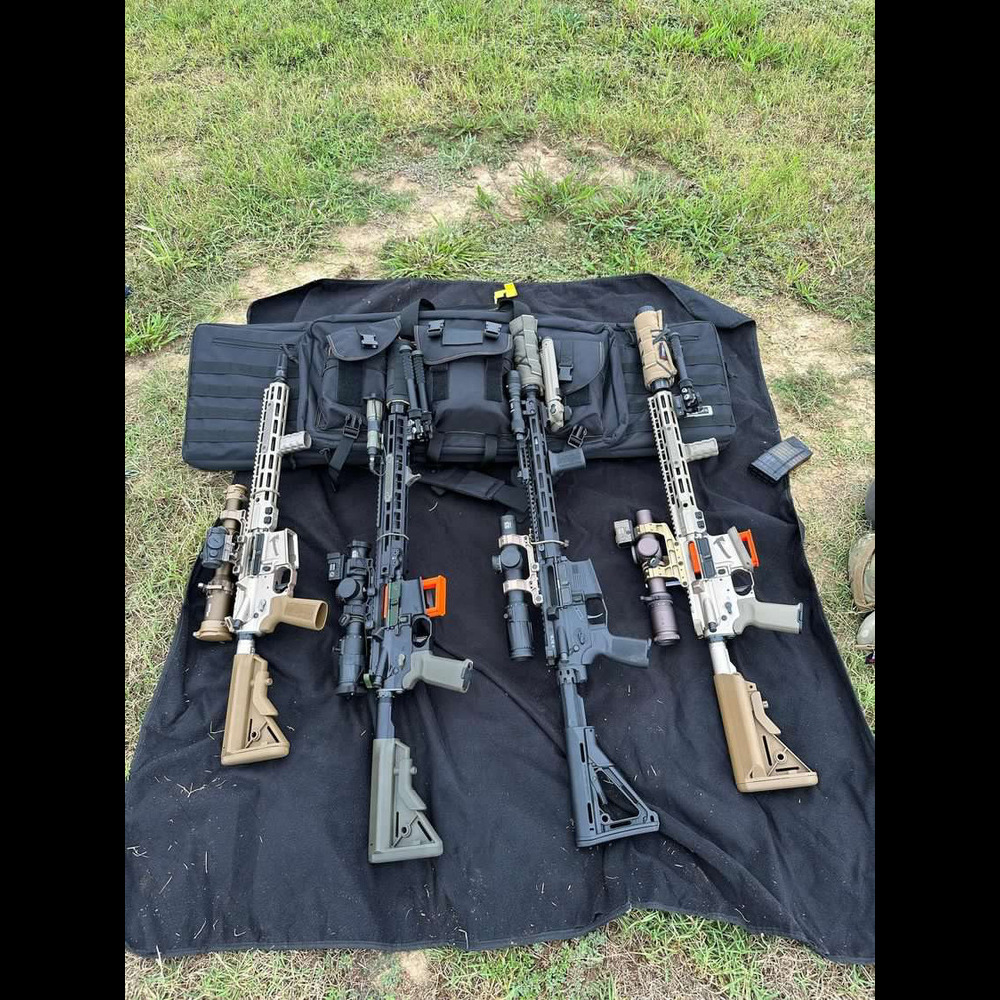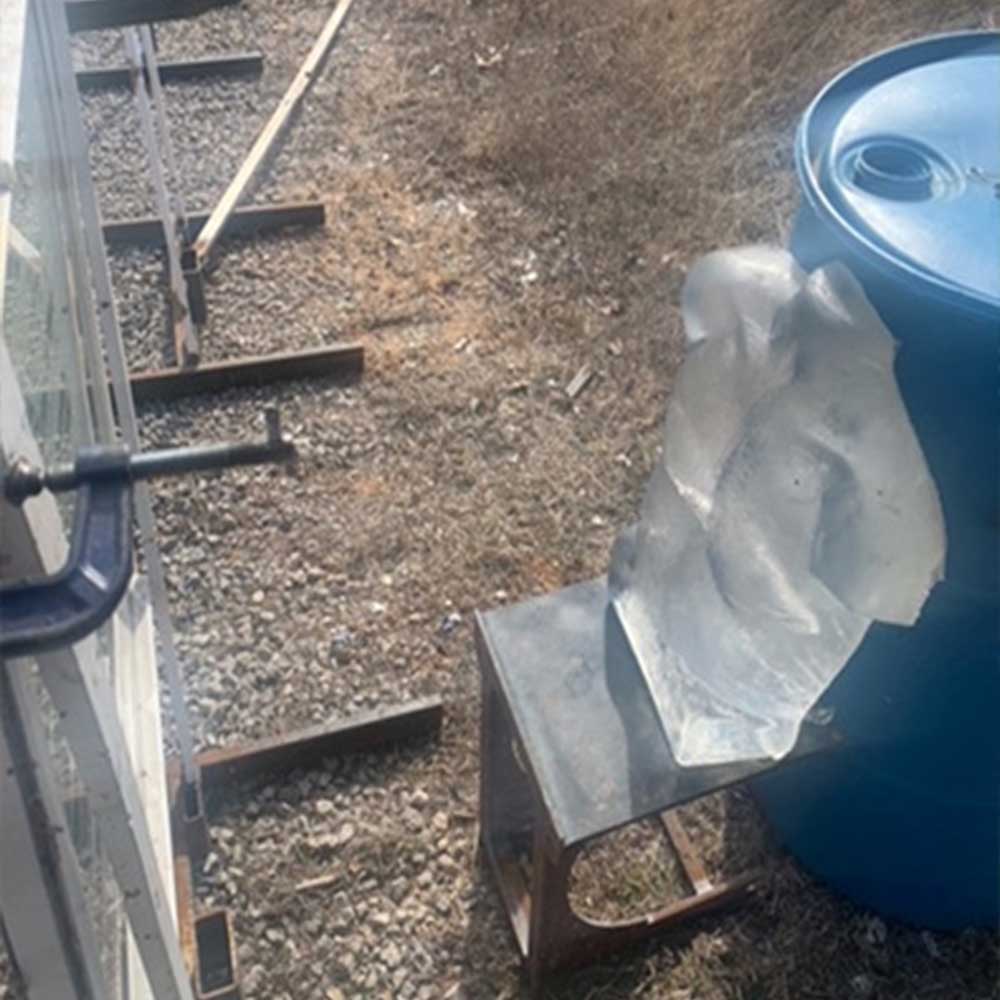Optic Selection
by Randy Davis
In this article we will discuss common optic setups to maximize operational capabilities for the intended use of the weapon. There are four major categories of optics we will cover:
- RDS (red dot sights)
- Prism optics
- LPVOs (Low Power Variable Optic, a variable magnification scope with a low-end power setting of 1X)
- VPOs (Variable Power Optics, lowest magnification typically in the 2.5X-6X range and the highest power setting four to five times the lowest setting)
There are several factors to consider when selecting an optic:
- Normal engagement distance
- Weight/size of the weapon system
- Eye relief
- Versatility of the system (specialized or general use)
- Optimizing the set up to the selected caliber
- Accuracy requirements
Normal engagement distance is the average distance at which the weapon will be fired. This is a function of the operational environment of the shooter. My personal breakdown of optics vs range follows:
- 0-200 – RDS and magnifier, low power prism (1-3x)
- 0-600 – LPVO, higher magnification or Prism scope (4x minimum)
- 100-800 – Lower power VPO scopes (2.5-10X, 3-15X)
- 100-1k plus – High power VPO scopes (5-25X or similar)
These are just guidelines geared toward operational weapon usage. A common mistake in tactical environments is shooters applying too much power and therefore limiting their field of view. If your objective is 100 yards away, 25 power may not be the best answer for general use. However, the ability to zoom in and identify a potential threat is a nice option to have. The shooter has to determine the normal likely engagement distance and attempt to select the best optic for the task.
For a general purpose rifle such as an AR platform or hunting rifle, weight and size can determine what optic you attach to the rifle. The greater the magnification power usually means a heavier and longer optic. This can be a good or a bad thing depending on the application. If I am shooting a .338 Lapua sniper rifle, weight to absorb some of the recoil of the larger round is appreciated. If I am building a lightweight hunting rifle or general purpose carbine, I try to minimize the weight and size of the optic. When working in urban environments and vehicles I try to minimize the size of my optic to enhance maneuverability of the weapon system.
Eye relief is the optimal distance of the eye from the ocular lens of the optic. This distance is important because it directly affects the interface of the shooter and the weapon by limiting head placement on the weapon. The Trijicon ACOG is one of my favorite optics, it has amazing glass, huge field of view, and an intuitive reticle. The main drawback is the extremely small eye relief. This can also apply as we start looking at some of the higher power LPVOs and scopes. This can become a factor in situations where the shooter must fire from alternate or sub-optimal positions.
The primary use of the weapon system should greatly influence the optic setup. For a pure precision rifle the choice is fairly easy: simply determine the desired engagement distance and factor the weight and size of the desired optic. When we start looking at general purpose rifles the choices get a little more complicated. The normal use distance is a factor along with the desired capability. If speed and ease of use is highly valued, engagement distance is short, and PID (Positive Identification) is not a primary concern, the red dot or 1x prism is hard to beat. When we start to extend that distance, the choice between the LPVO, prism, and RDS-plus-magnifier becomes more challenging.
The selected caliber, barrel length, type of ammo, accuracy requirements, and engagement criteria generally determine the maximum effective range of the weapon system. For someone setting up their system primarily for target shooting this may be different than an individual concerned about the terminal ballistic capability of the weapon. Being able to determine this for your setup will help narrow down the choices to the ones best suited for your application. This is something which should be evaluated for every weapons system. There is no blanket answer due to the different needs of different shooters.
The accuracy requirement of the weapon system must be determined as well. Accuracy requirements can vary anywhere between minute-of-man and sub-MOA. If extreme precision is required, a traditional scope is the best answer just as the 1x optics are the answer for close fast shooting. The LPVOs and higher magnification prism optics do extremely well in the middle zone. The 1x with magnifier can vary depending on the dot size of the red dot system. The red dot sizes can vary from 1 MOA to 6 MOA depending on the optic. The dot size combined with the power and clarity of the magnifier can determine where they fall on the list.
Some of the disadvantages of the VPOs, LPVOs, and prism optics can be negated by the addition of an offset mini RDS, such as a Trijicon RMR or Aimpoint P2. This can significantly enhance the close range capability of the weapon system. It does, however, come with the additional expense of both the optic and the mount. One big advantage of the VPOs, LPVOs, and prism optics is their glass-etched reticles. Having an etched reticle can be a big plus if the electronics in the optic fail for whatever reason; the reticle is still usable.
Unfortunately, as with most things related to weapons selection, there are no clear cut answers. The shooter has to evaluate all of the factors associated with their weapon, operational environment, funding, and ballistic requirements to correctly determine the most efficient set up to meet their goals. There are however some good guidelines one can follow. For the AR platform, I try to break down most things into one of the following groups:
- CQBR (MK-18)
- General purpose rifle (M4)
- RECCE rifle
- SPR (MK-12)
- SR-25 platform
The rifles listed can be seen in their SOPMOD configurations used by various military units. I use that as a good starting point for the platform. The reason being is, throughout GWOT, a lot of progress was made and lessons were learned concerning optimal weapon configuration for specific tasks. The limitations of each system were addressed as they continued to evolve. This is obviously not a hard and fast rule but it serves as a good reference when determining what is needed for your environment. Of course, a lot of crossover eventually began to occur with advancements in optics, ammo, and match barrels, blurring the lines between the CQBR, GPR, and RECCE. The easiest way to begin is to examine the primary use of the weapon and the expected primary engagement ranges. A good example of this is the Zero Theory LE-DMR setup. An 11.5” rifle is conventionally thought of as a CQBR or GPR, however, with the addition of a match barrel and LPVO it is a great option for urban designated marksman applications.
In conclusion, your weapon should be set up as a system not individual parts. This includes the rifle, optic, and ammo. This should be determined by your intent for the weapon and optimized for the average anticipated engagement scenario. Make sure whatever you are buying is a quality part including the rifle, optic, mount, and ammo to avoid equipment failure points. Of course, ultimately all of this is irrelevant without sufficient training. Training will trump gear every time. So find good classes and push yourself outside of your comfort zone.
About the author: Randy Davis is a sniper instructor and sniper team leader on a law enforcement SWAT team. He previously served in various tactical and precision shooting roles in both the US Army and as a private contractor. Some of his hair is gray, but he’s mostly earned it.
Like this? Check out our other articles…
[011] Ballistic Drop Compensator Truing
Ballistic Drop Compensator Truing by Randy Davis [...]
[010] LPVO Selection
At Zero Theory, we regularly teach courses and host competitions [...]
[009] Ammo Selection
Ammo Selection by Randy Davis A common [...]

